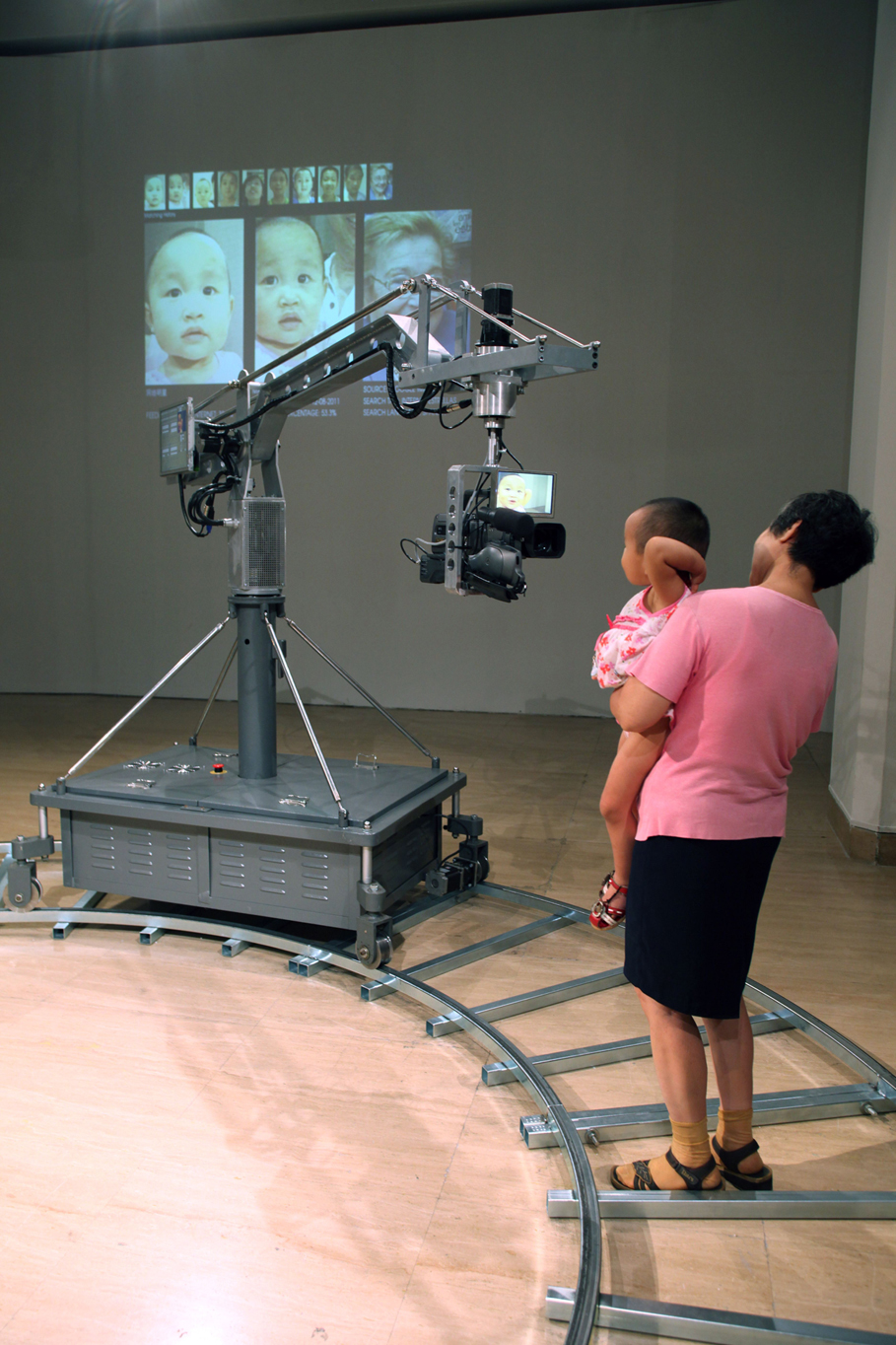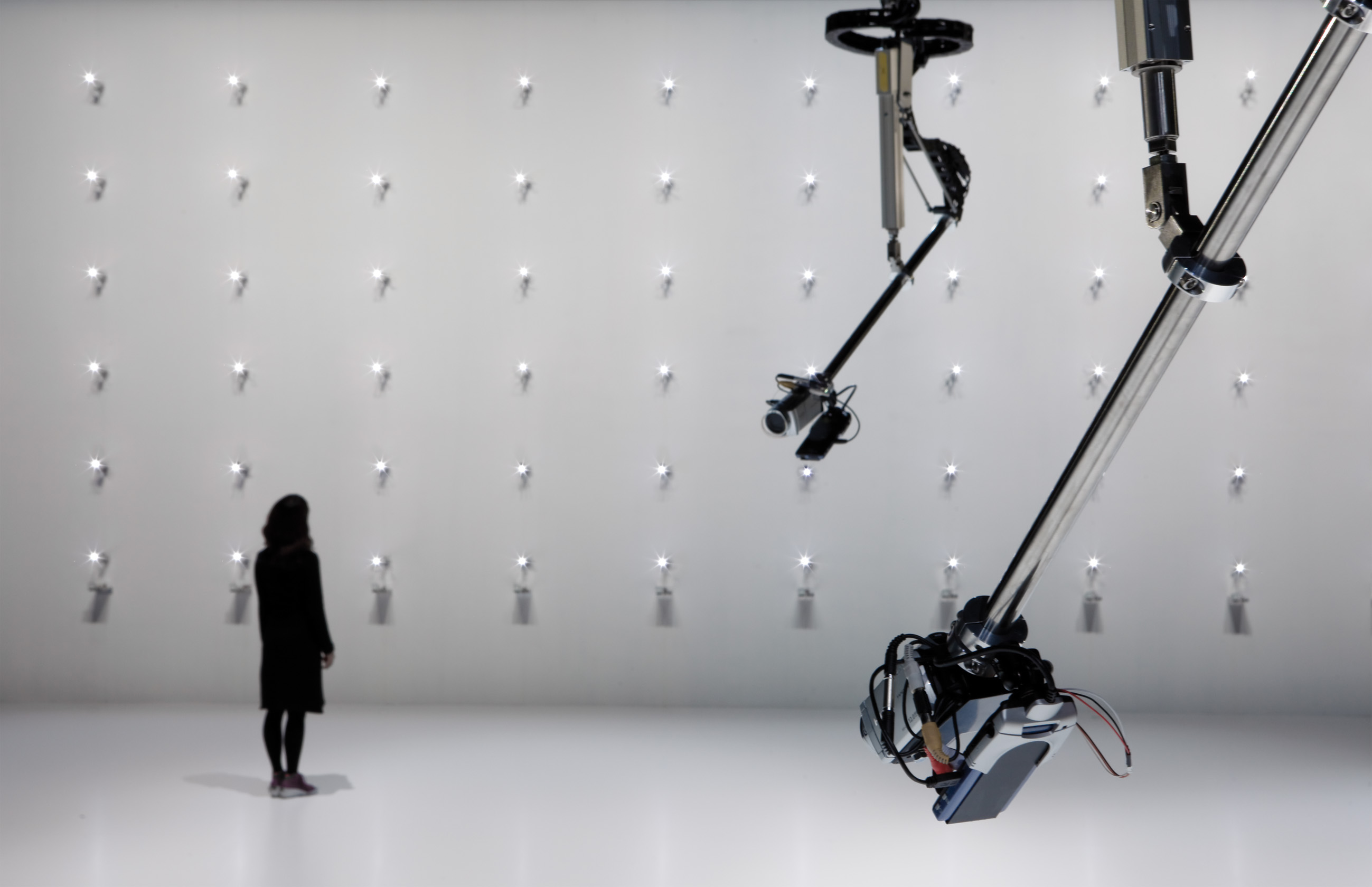
ROBERT HENKE
光
光正在使用高精度激光在屏幕上绘制连续的抽象形状,并与声音完美同步。强烈的光线与完全的黑暗形成对比,缓慢的动作和微小细节的演化与强而有力的手势一样重要。结果既是古朴的又是未来主义的。新兴的模式为许多可能的解释留出了空间。象形文字,一种未知语言的符号,建筑图纸,数据点之间的连接或类似Tron的早期视频游戏放大了1000倍。
.
Light
Light is using high-precision lasers to draw continuous abstract shapes on the screen, perfectly synchronized with the sound. Intense light contrasts with total darkness, and slow movements and the evolution of small details are as important as strong gestures. The result is both quaint and futuristic. Emerging models leave room for many possible explanations. Hieroglyphs, symbols in an unknown language, architectural drawings, connections between data points, or early video games like Tron are magnified 1,000 times.
.
Lumière
La lumière utilise des lasers de haute précision pour dessiner des formes abstraites continues sur l’écran, parfaitement synchronisées avec le son. La lumière forte contraste avec l’obscurité totale, le ralenti et l’évolution des petits détails sont aussi importants que les gestes forts. Le résultat est à la fois pittoresque et futuriste. Les modèles émergents laissent place à de nombreuses explications possibles. Les hiéroglyphes, les symboles dans une langue inconnue, les dessins d’architecture, les connexions entre les points de données ou les premiers jeux vidéo comme Tron sont agrandis 1 000 fois.







